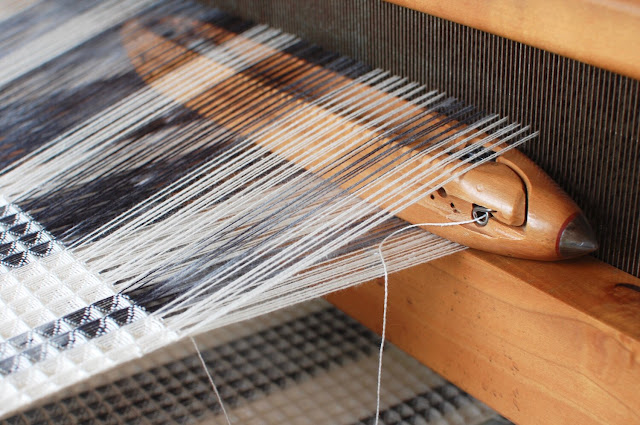Engineering a Flame Retardant Fabric
 So in this series of articles / blogs we have discussed various factors which have influence in determining the thermal protection performance of a protective fabric and subsequently clothing.
So in this series of articles / blogs we have discussed various factors which have influence in determining the thermal protection performance of a protective fabric and subsequently clothing.
In this series finale post, we will be recollecting those factors and will look into other factors as well.
Fiber Thermal Conductivity Fibers with poor thermal conductivity (lower value) should be preferred, as they would delay the transfer of heat from heat source to user.
Fiber Specific Heat Capacity Fibers with high specific heat capacity should be preferred, as it they would need higher amount of heat to raise their temperature and thus prolong the duration before user gets burning sensation.
Fabric Thickness: Thicker fabrics tend to provide better protection against convective heat than thinner fabrics. This is because thicker fabrics tend to have a higher thermal resistance, which means they are able to slow the transfer of heat through the material
Although important, there are several other factors to consider while engineering a Flame Retardant Fabric. Like a basic fibre selection criterion is its burning behaviour.
A fiber which melts on burning should be avoided, as the molten polymer stick to skin and cause more severe burns. This tendency is shown by thermoplastic fibers like polyester.
The structure of the fabric is also a factor. Options of structure are woven, knitted and non-woven structure.
There are definitely other factors like cost, comfort, availability etc. which needs to be considered. Comfort of the fabric cannot be sacrificed for the sake of protection.
An ideal Flame Retardant Fabric provides desired thermal protection along with being comfortable, light weight. This unfortunately are contradictory features and balancing them is an art of Engineering a Flame Retardant Fabric
Stay Safe!